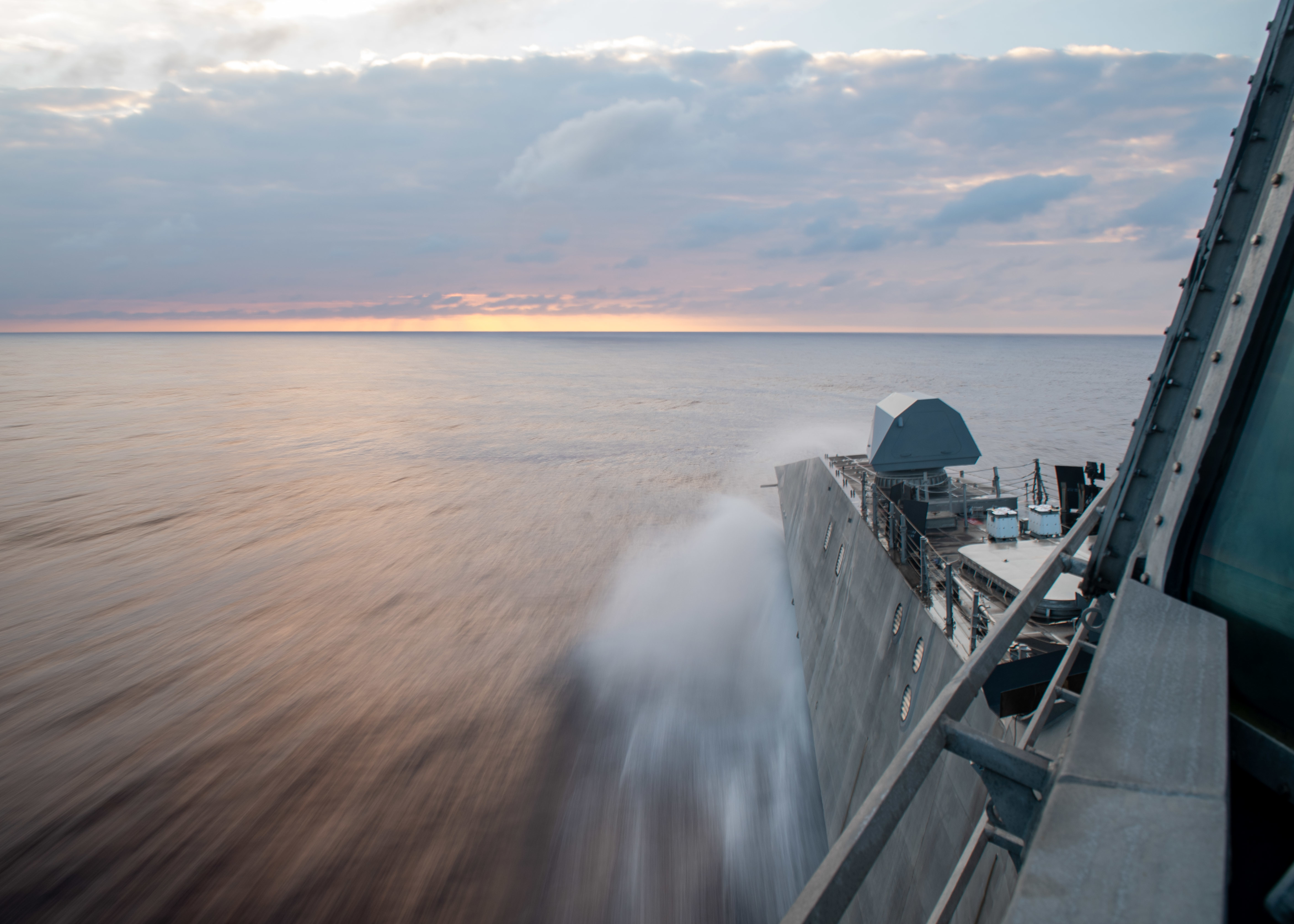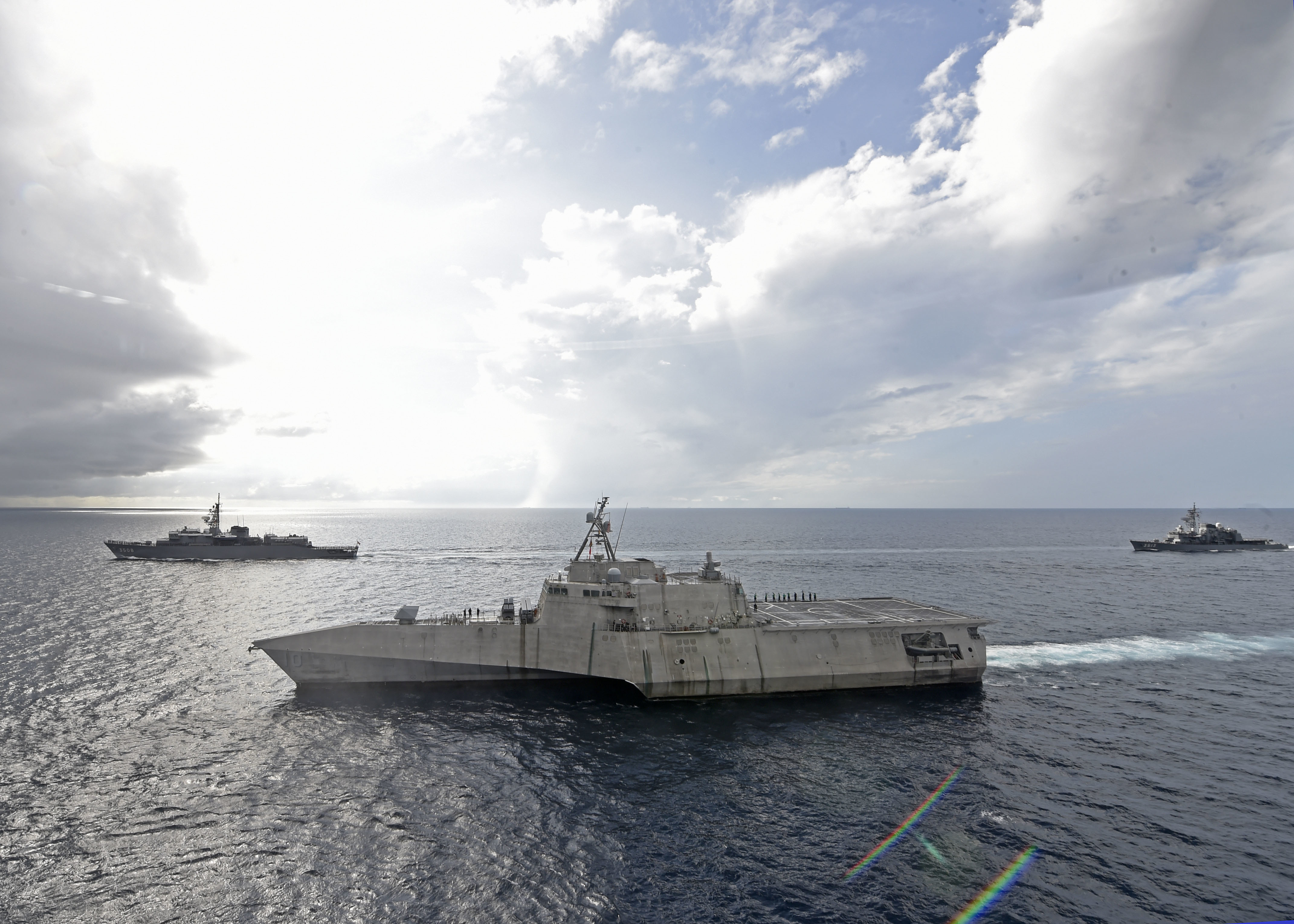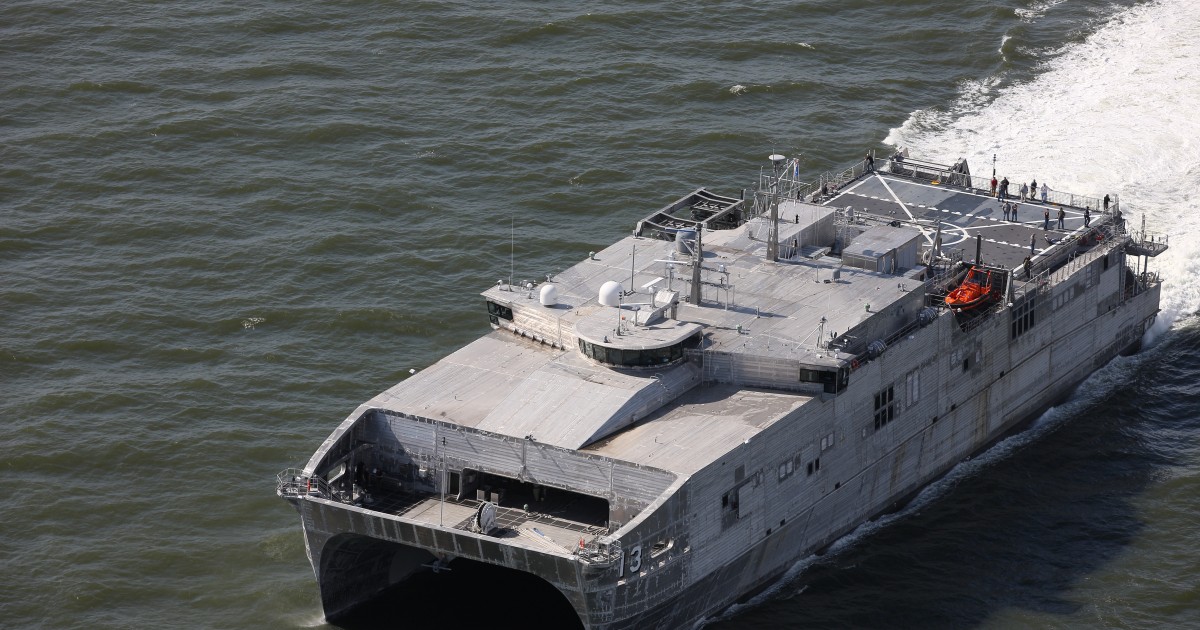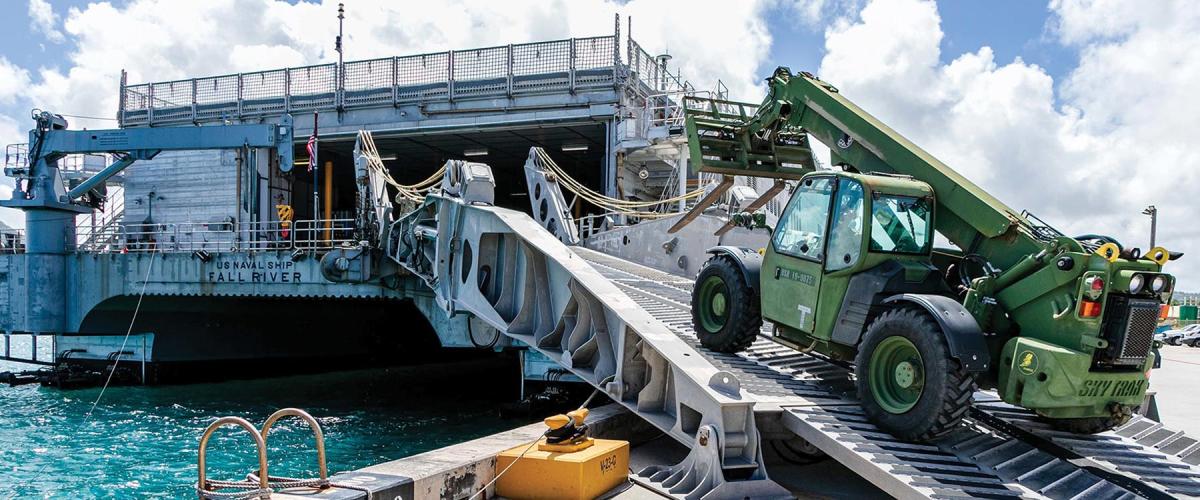Maintenance support key
LeClair credits that turnaround to the focus on specific reliability and sustainability improvements, including more robust training and the shift of most ship maintenance to LCS crews and sailors rather than contractors.“But we have a lot more work to do. We’re not there yet,” he added.
In August 2022, the Maintenance Execution Teams under each LCSRON transferred to NAVSEA to create formal METs to do preventative maintenance. For LCSRON1, teams at the Southwest Regional Maintenance Center’s Expeditionary Maintenance Department in San Diego are comprised of sailors experienced in the ship and its systems and can support intermediate maintenance at overseas bases and assist LCS crews with preventative work.“
It is really paying off. We are seeing a higher degree of preventative maintenance packages done on time… or at higher levels,” LeClair said.“We’re continuing to invest in that,” he added. “Right now, the big focus is on preventative.”
Crawford credits that shift in how to tackle ship repairs and maintenance problems while underway with expanding and extending what LCS can do in supporting surface fleet operations.“The Maintenance Execution Teams have been a game-changer for us,” he said. “We can’t deploy ships like we did for Charleston for 26 months without the enabling capabilities that the expeditionary maintenance execution teams provide.”
Crawford well knows the issues that can crop up while underway and away from port. He took command of Surface Division 11 in 2020. At the time, contractors did 95 percent of the maintenance, while LCS ship crews did 5 percent. “We’ve done a paradigm shift,” he said. METs today do “about 61.5 percent of the maintenance of our ships,” he said, and “in the next year to come, our goal is to get them to where the sailors are executing 95 percent of the maintenance, and the contractors are going to execute five percent.” Haney added that among LCSRON2 ships, “75 percent of the maintenance on today’s ship is done by the ship’s force.
”The paradigm shift, Crawford said, “is all about building the self-sufficiency into the capability capacity of the sailors aboard the ship and then leveraging the reach-back capabilities with the METs, that can go out there and do expeditionary PMAS, preventative maintenance availabilities” to support LCS – and not just in Singapore and Japan, where the Navy has maintenance and logistics hubs. Also important, he said, is having maintenance capability in partner nations and islands, like Australia, Guam, Brunei, the Philippines, “and expanding that capability, that capacity outside of our normal operating bases in the western Pacific.”
“We still do a lot of operations out of Singapore. Nothing’s changed,” he said. “We are adding capacity by working in other ports in the western Pacific… maybe allow ships to operate as a remote operating base or station that will allow us to do resupply and maintenance availabilities there.”That includes perhaps having multiple repair and maintenance places for LCS in those locations in the western Pacific, “so that we’re not only going to Singapore, or only going to Japan or only going to Guam,” he said.








